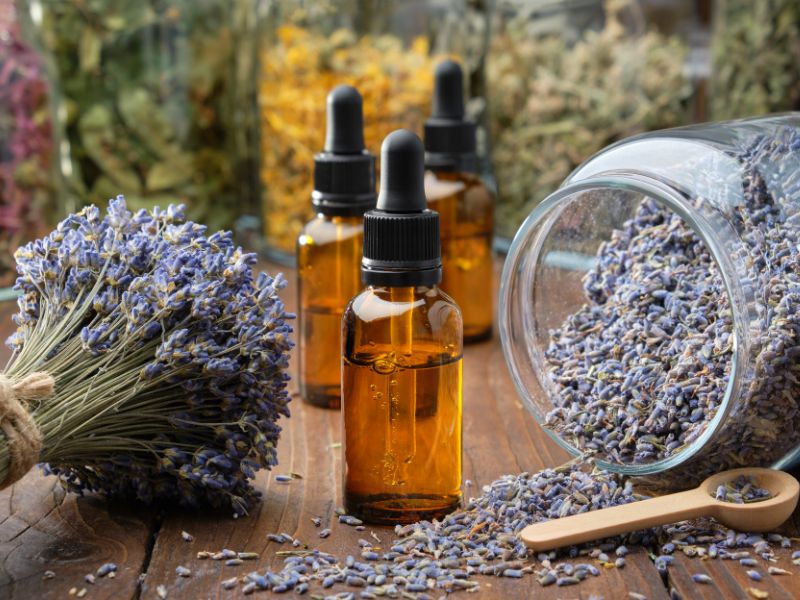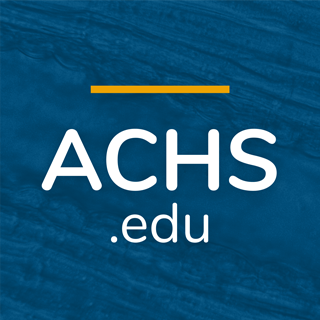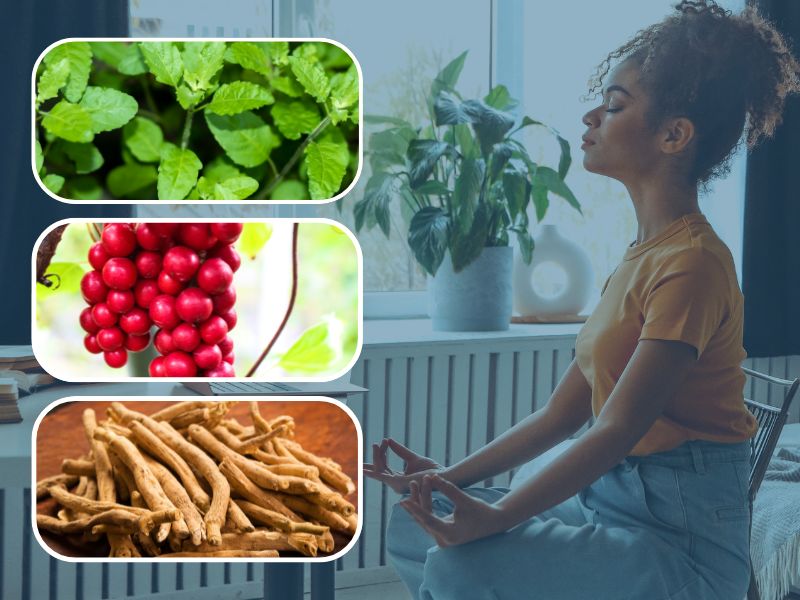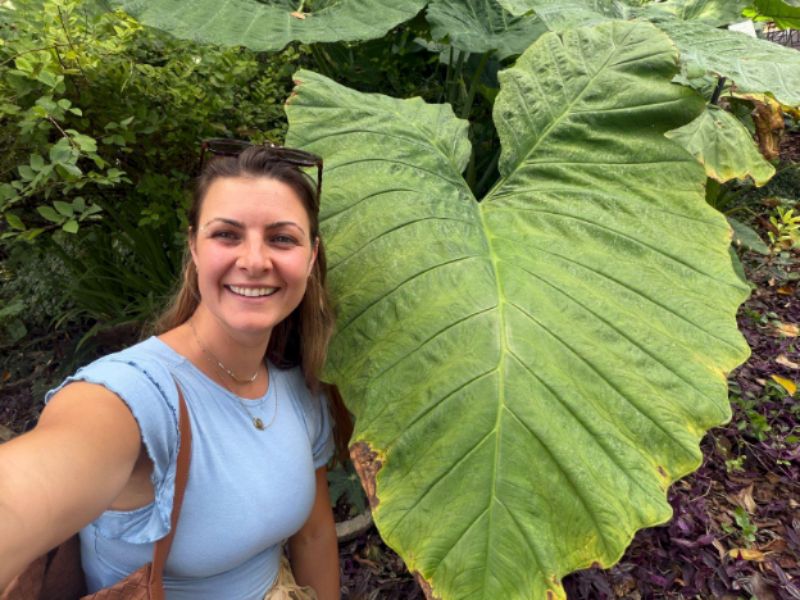Reviewed by ACHS Dean of Aromatherapy, Amanda Lattin.
Exploring herbs, essential oils, and other natural approaches to wellness is exciting and rewarding. One of the best ways to deepen your practice is by learning how to use them with awareness. Cautions and contraindications aren’t about creating limits; they’re tools that help you feel confident, informed, and prepared to make choices that support wellness in safe and effective ways.
Key Considerations for Using Herbs & Essential Oils with Confidence
1. Skin Sensitivity
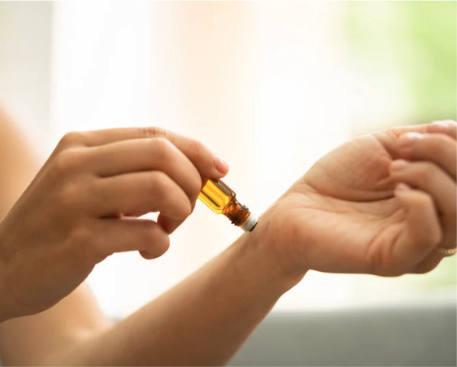 Everybody is unique. Some herbs and essential oils may feel strong on the skin if not diluted properly. For example, clove or oregano oils can feel warming and even cause skin sensitization over time, while arnica in high concentrations may be stimulating to the skin. The good news? With proper dilution and application methods, these plants can be used comfortably and effectively.
Everybody is unique. Some herbs and essential oils may feel strong on the skin if not diluted properly. For example, clove or oregano oils can feel warming and even cause skin sensitization over time, while arnica in high concentrations may be stimulating to the skin. The good news? With proper dilution and application methods, these plants can be used comfortably and effectively.
2. Phototoxicity
Citrus essential oils like bergamot and lemon bring brightness and energy, but they also make skin more sensitive to sunlight. St. John’s Wort is another example of a photosensitizing botanical. To use these essential oils safely, it is necessary to dilute them appropriately (bergamot 0.4% and lemon 2%) and avoid direct sunlight exposure to the area for 12 hours after application. Being mindful of sun exposure after topical use means you can still enjoy their benefits while protecting your skin.
3. Internal Use Considerations
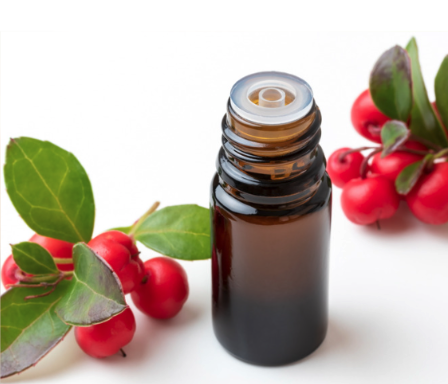 Herbs and oils are powerful, and some are best enjoyed externally or with professional guidance if taken internally. Wintergreen essential oil, for instance, is best reserved for short-term external applications in low dilutions, and the herb comfrey is valued for topical use rather than long-term internal consumption to safeguard against potential liver toxicity. Knowing these distinctions helps you use plants wisely and with confidence.
Herbs and oils are powerful, and some are best enjoyed externally or with professional guidance if taken internally. Wintergreen essential oil, for instance, is best reserved for short-term external applications in low dilutions, and the herb comfrey is valued for topical use rather than long-term internal consumption to safeguard against potential liver toxicity. Knowing these distinctions helps you use plants wisely and with confidence.
4. Pregnancy & Child Safety
Pregnancy and childhood are special seasons of life that deserve extra care. Some herbs and oils, such as clary sage or eucalyptus, are best avoided during these periods. Others, like chamomile or lavender, can be supportive when used appropriately. With mindful choices, natural wellness can still be a safe part of these life stages.
5. Medication Interactions
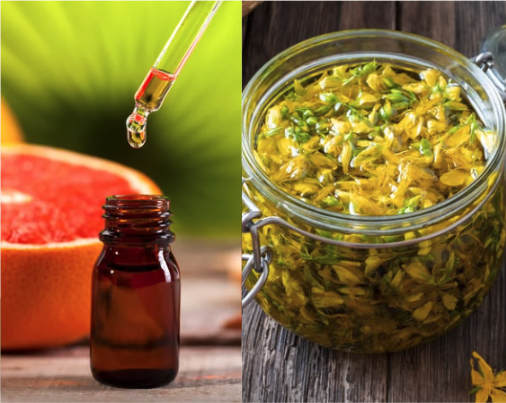 Natural remedies can sometimes influence how medications work. Grapefruit essential oil and St. John’s Wort are classic examples. The positive side? Being aware of this means you can have informed conversations with healthcare providers and build safe, personalized wellness routines.
Natural remedies can sometimes influence how medications work. Grapefruit essential oil and St. John’s Wort are classic examples. The positive side? Being aware of this means you can have informed conversations with healthcare providers and build safe, personalized wellness routines.
6. Other Considerations
Some plants may affect hormones or blood sugar levels with prolonged or excessive use. For instance, cinnamon is studied for its impact on healthy blood sugar levels, and is sometimes studied for hormonal impact, while ginseng may influence energy and balance. Some herbs and oils can be more sedating, such as chamomile and lavender, yet others can be energizing, like green tea and rosemary. Awareness gives you the power to choose the right tool for the right time.
Why This Matters
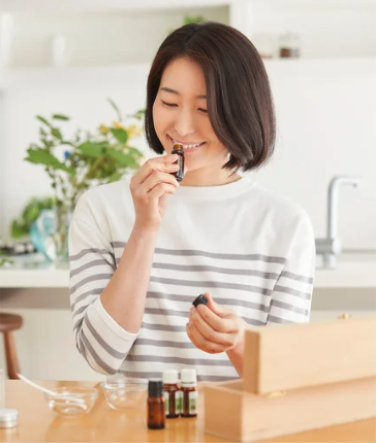 As a student or future practitioner in integrative health, understanding cautions and contraindications isn’t about limiting possibilities; it’s about building trust and credibility. When you can explain not just the benefits, but also the considerations, you show clients, peers, and communities that you’re committed to safety and evidence-based practice.
As a student or future practitioner in integrative health, understanding cautions and contraindications isn’t about limiting possibilities; it’s about building trust and credibility. When you can explain not just the benefits, but also the considerations, you show clients, peers, and communities that you’re committed to safety and evidence-based practice.
Interested in deepening your knowledge of herbs and essential oils? Explore accredited, online holistic health and wellness programs at ACHS or request more information today!
This content is for educational purposes only and is not intended to be medical advice. Always use herbs and essential oils with caution and keep out of reach of children. Use particular caution when pregnant or nursing. Always check contraindications and think safety first! The statements herein have not been evaluated by the FDA. Products are not intended to diagnose, treat, cure, or prevent disease.
